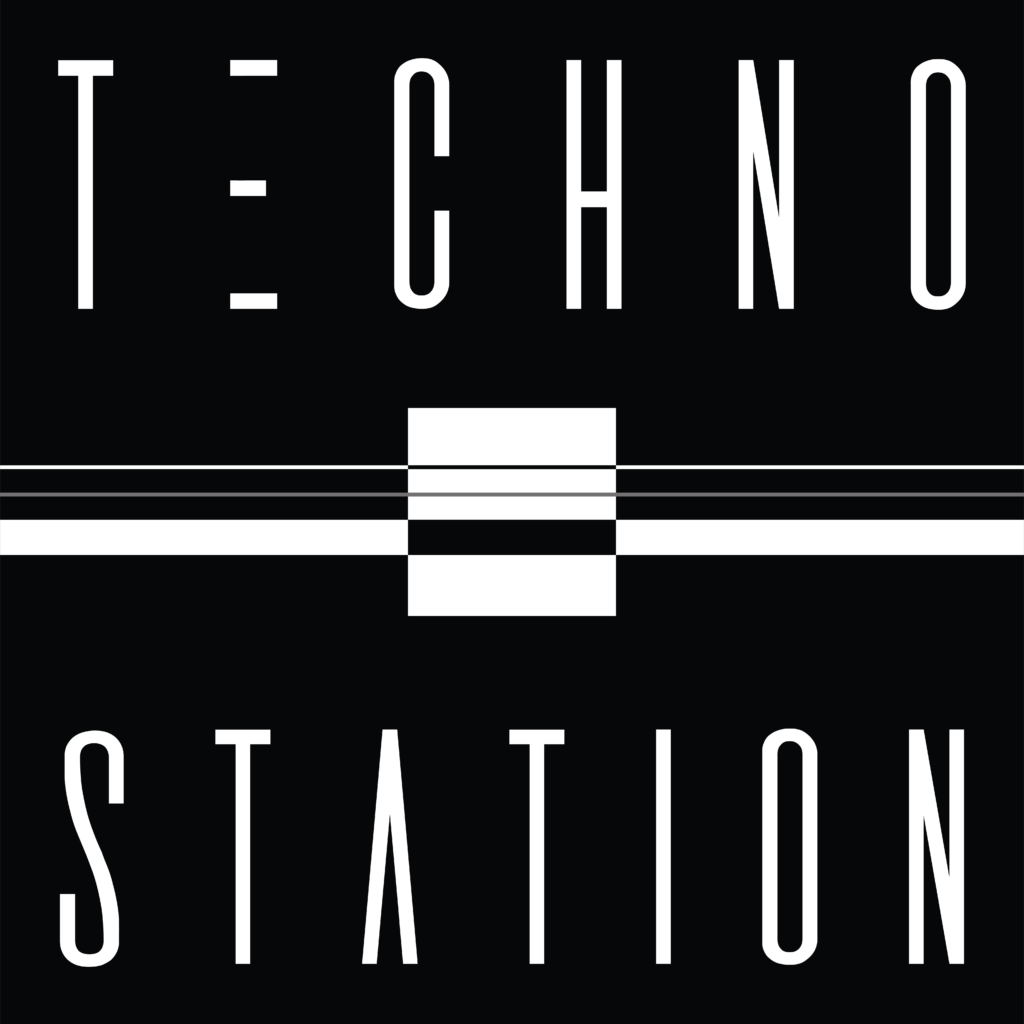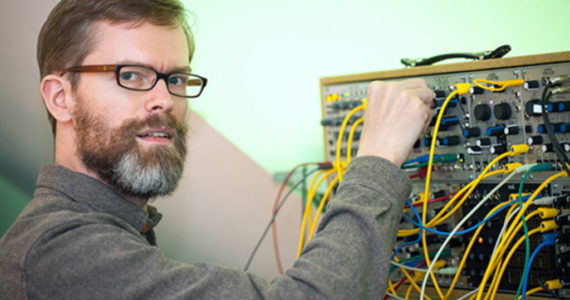In opinion of many techno fans, especially the younger ones, Berlin is the center of techno music. And the story is starting at the very beginning of 90s.
After the fall of the Berlin Wall, the people once divided united, and a culture of unity presented into sub genre of electronic music never seen before. Fans of electronic music at parties and raves promoted freedom and hedonism, and after a short while it was unstoppable movement. Abandoned buildings were turned into temporary clubs and DJs became the stars of the hour. What is now Berlin’s primary reputation took a long time to flourish. Here is how Berlin became the undisputed capital of techno.
Techno originated from Detroit, it was developed there in late 80s. In opinion of many, new machine sound was also inspired by German band Kraftwerk. Techno came to West Germany at the very end of 1980s. After the fall of the wall, many abandoned abuildings were taken over by young people who organized illegal raves. Power plants, bunkers, hangers and underground stations became temporary clubs. The relief and freedom after the reunification was celebrated with nonstop parties and flourished through the strong gay, art and underground scenes. Young people from East Berlin were pushing a much harder electronic sound — no vocals, harder basses.

When it comes to club culture, Tresor, Der Bunker and E-Werk played a major role in the establishment of techno music and club culture in Berlin. Tresor started as Ufo Club and was an illegal party for more than three years. The venue of today reopened in 2007 in Mitte. Der Bunker is now closed, and E-Werk is used as a general location venue these days.
This culture remains and even today many of the people who started illegal raves after the fall of the wall own most of the successful Berlin techno venues. They understood how to turn their illegal activities into successful business opportunities. Knowing how to satisfy the music lovers from the early days, they built up a club scene where everybody can feel at home and be who they are.
The important event for techno in Berlin that established it as contemporary capital is Love Parade. It first took place in July 1989 in West Berlin with 150 people attending on the initiative of the famous Dr. Motte. The Berlin Love Parade was one of the greatest street parties ever that grew over the years gathering more than 1,5 million attendees.
Nowadays, Berlin is the place where some of the most famous clubs in the world are located. There is not an electronic music fan who hasn’t heard of Berghain, club that became more famous than its predecessor Ostgut. Each club has its own vibe, its own people and label. For example, Berghain-goers favor darker, more raw industrial techno than Tresor-goers who go there for the Detroit techno. Techno clubs in Berlin do not have a closing time. What happens in the morning hours is called ‘after hour.’ You can dress any way you want — there is no dress code etiquette.
Even today, there are no comparable clubs elsewhere in the world. Clubs, which are open the whole weekend nonstop, are home to many freaky music-loving individuals who come together to celebrate life. Even big promoters such as HYTE ar throwing events in Berlin’s abandoned warehouses keeping the spirit of raves alive today.
And if you really want to know the history of techno in Berlin, its on the dancefloors, inside clubs walls and in the music you can hear from German artist. The best way to learn the history is to be a part of it and join the crowd on the dancefloors.
Via: culturetrip











